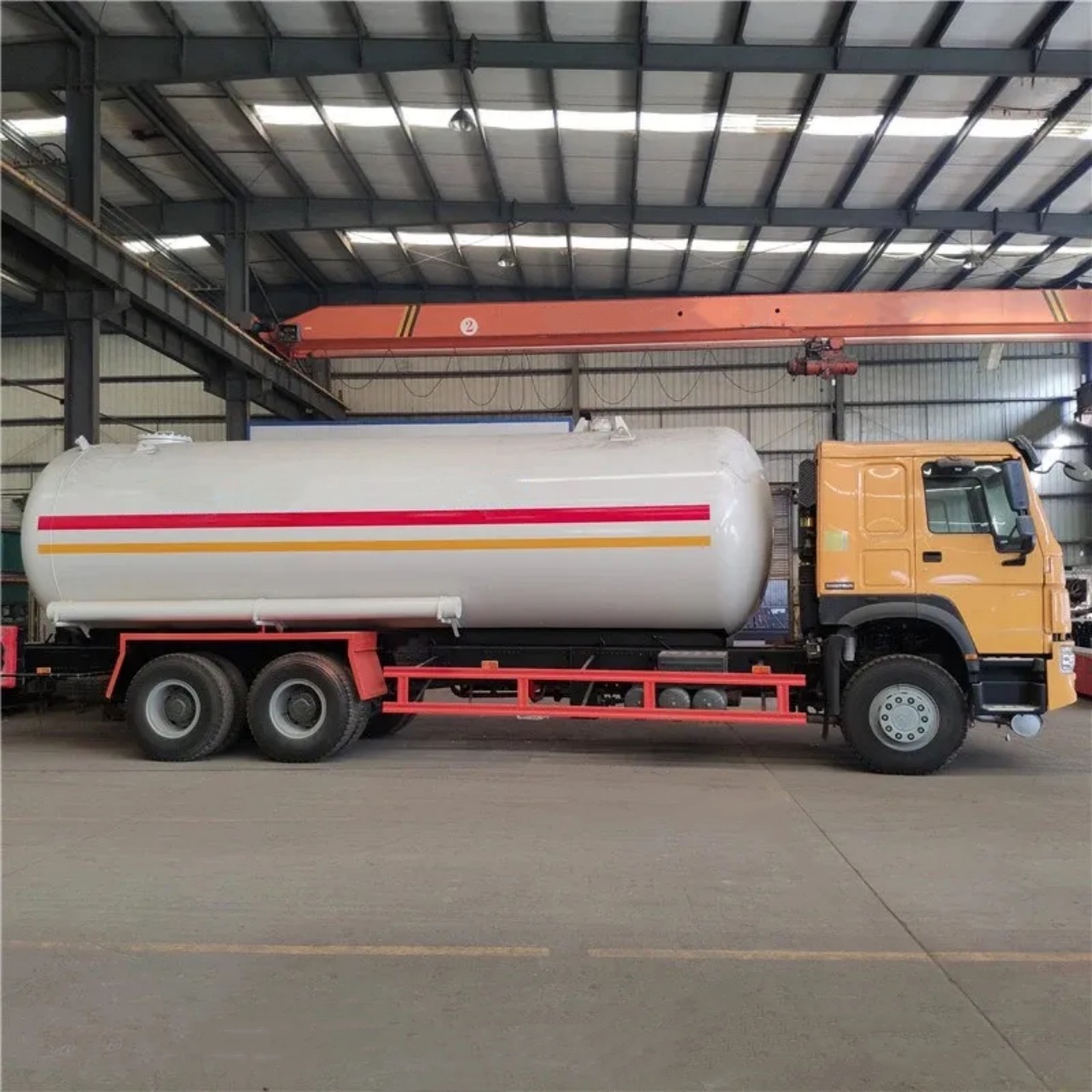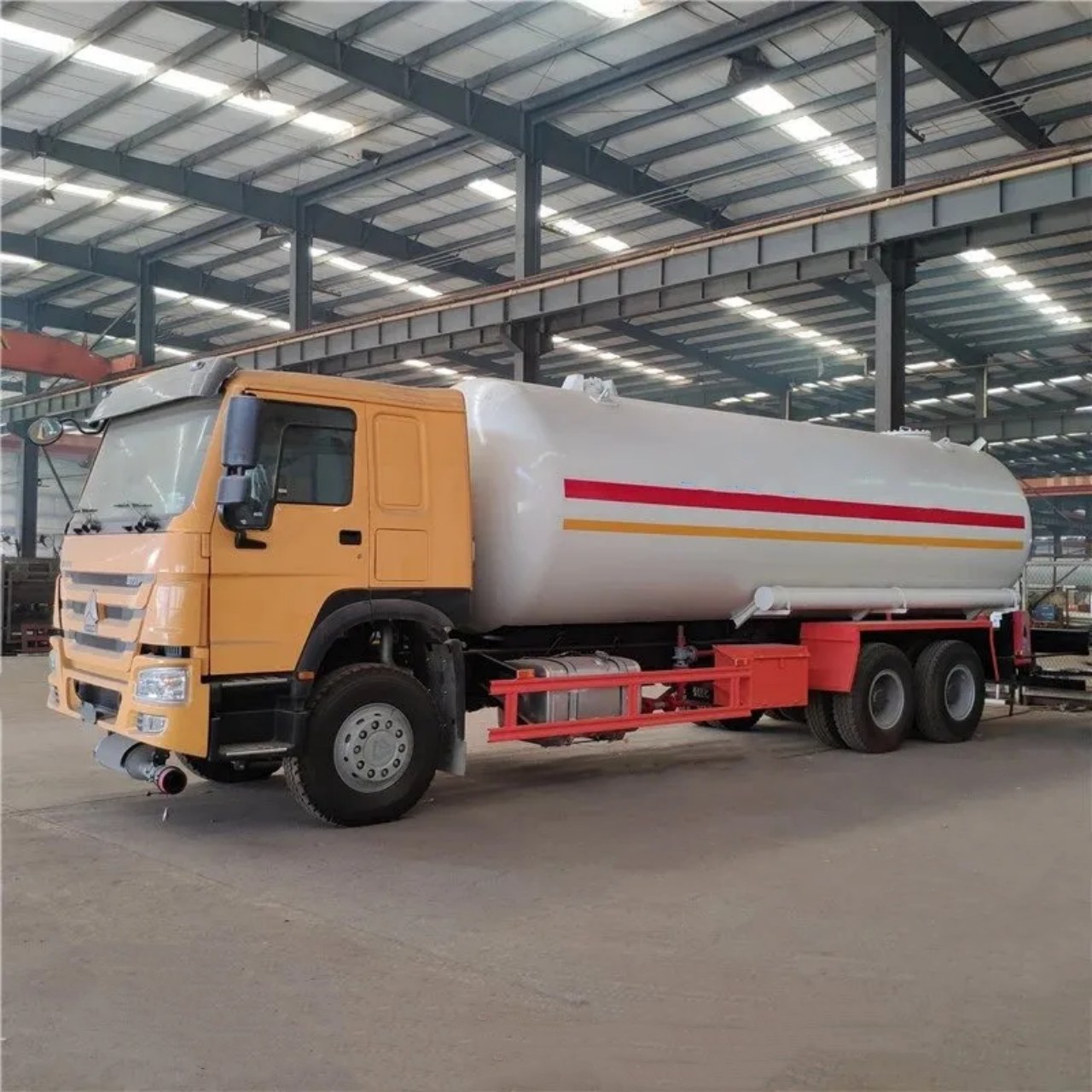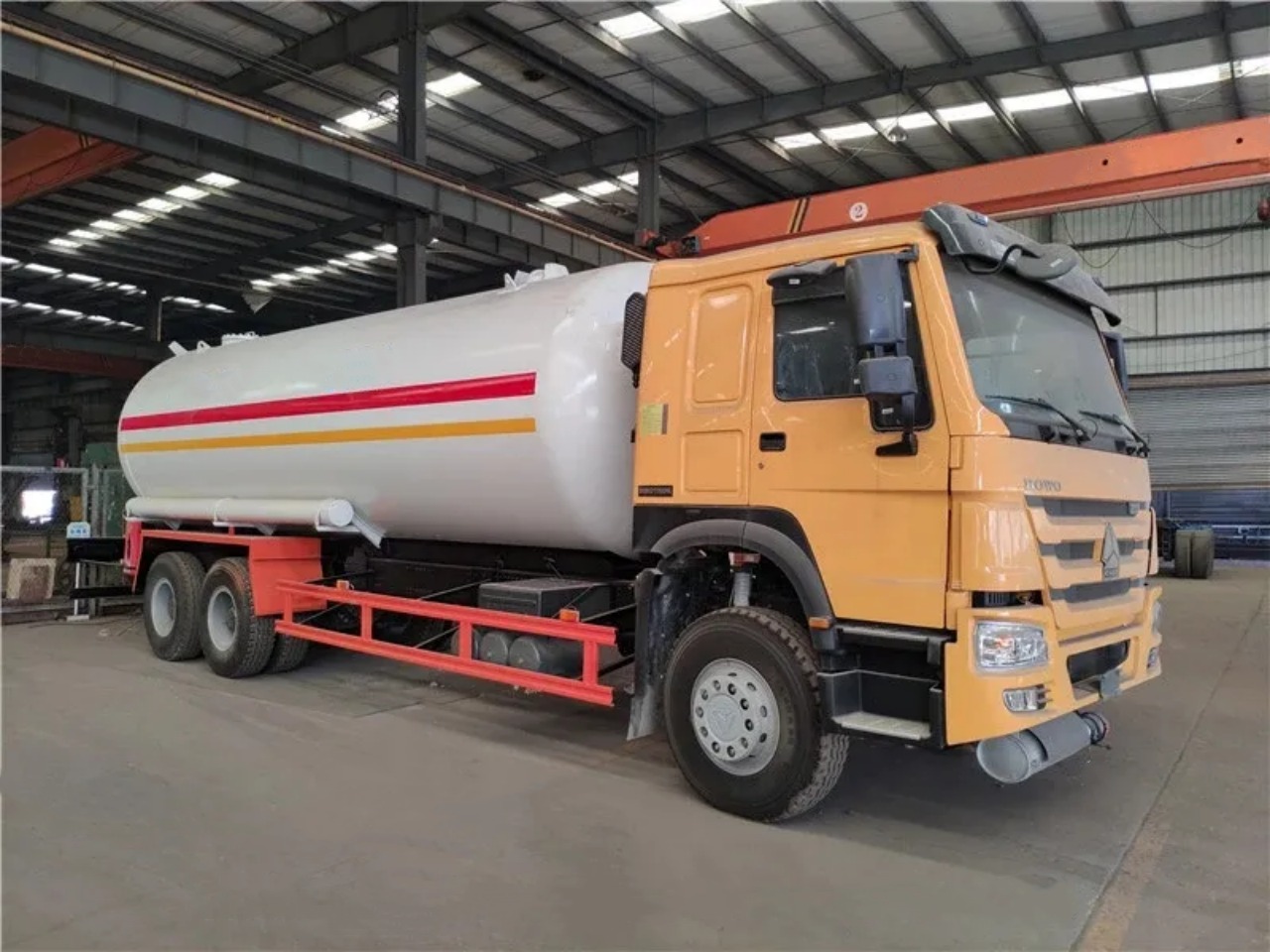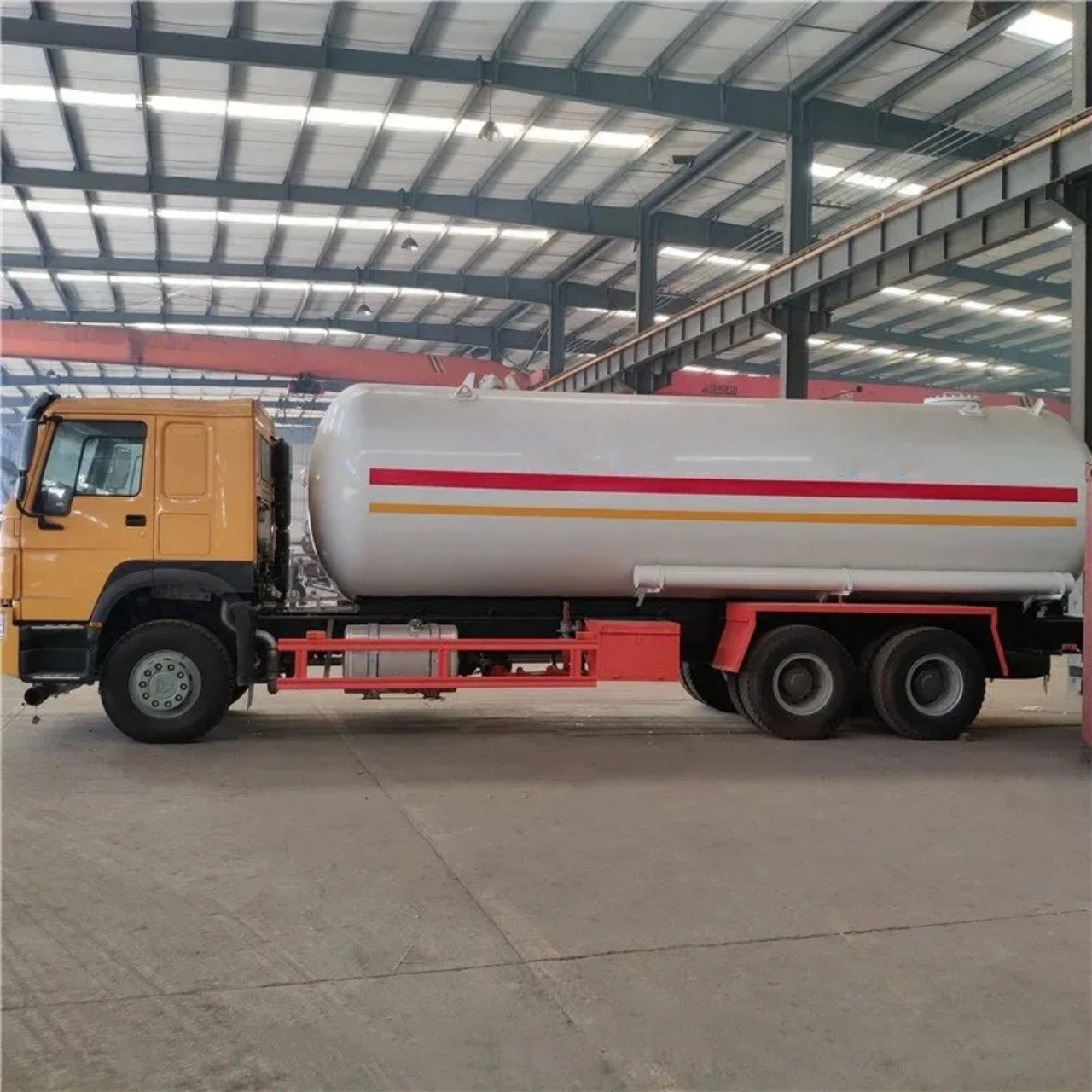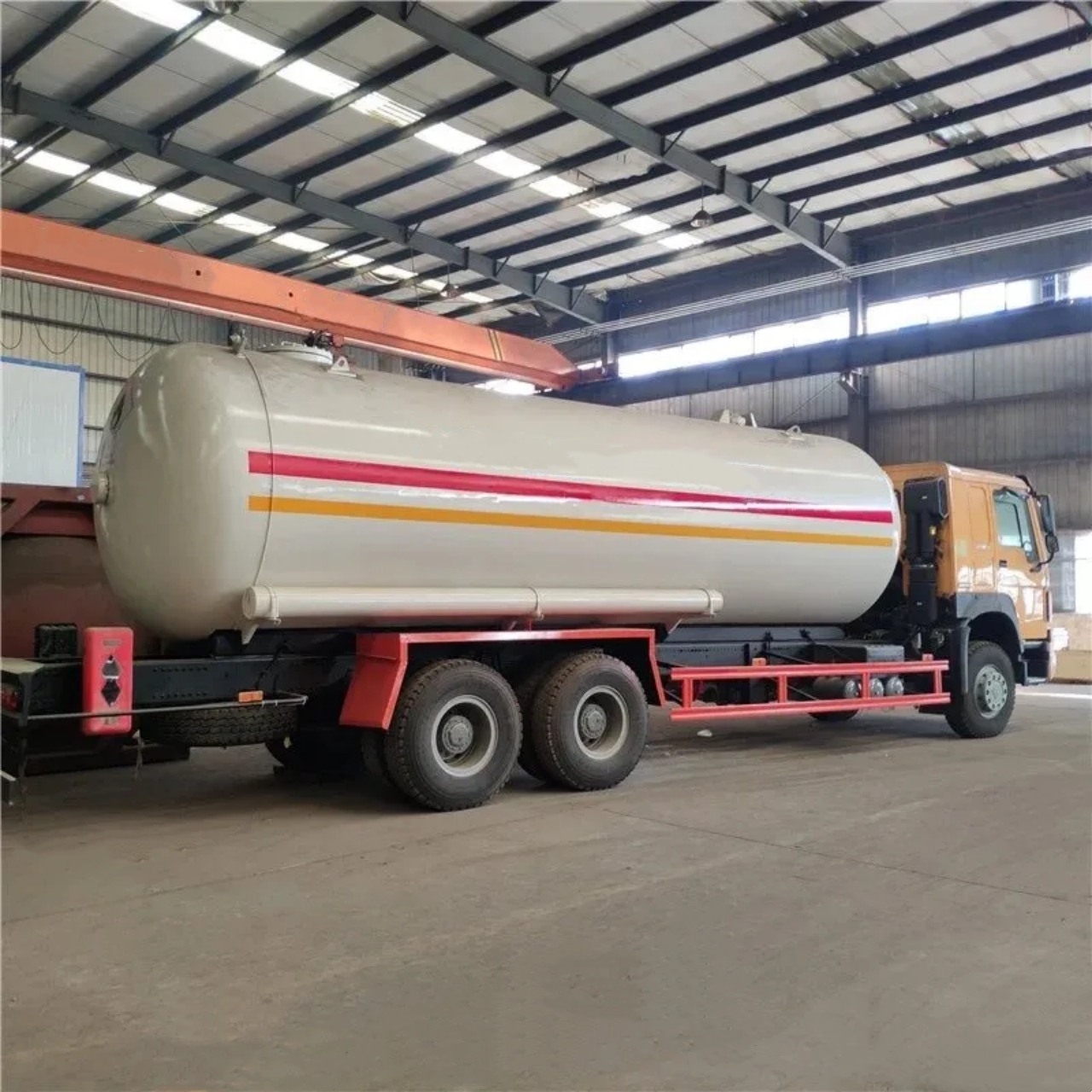An LP truck, also known as a liquefied petroleum gas (LPG) truck, is a specialized commercial vehicle designed for the transportation and delivery of liquefied petroleum gases such as propane, butane, or a mixture of the two. These trucks play a vital role in the energy supply chain, particularly in rural and industrial areas where natural gas pipelines are unavailable. LP trucks ensure that homes, businesses, and industries receive consistent and safe supplies of this versatile fuel. In this article, we will explore what LP trucks are, how they work, their components, safety measures, types, and applications.
Understanding Liquefied Petroleum Gas (LPG)
To comprehend what an LP truck is, it’s essential to understand the substance it carries—LPG. Liquefied petroleum gas is a byproduct of natural gas processing and petroleum refining. It is stored in liquid form under moderate pressure and is widely used as a fuel for heating, cooking, automotive applications, and various industrial processes. Due to its flammable nature, transporting LPG requires vehicles equipped with stringent safety and pressure management systems—this is where LP trucks come in.
Purpose and Function of LP Trucks
The primary function of an LP truck is to transport LPG safely from refineries or storage facilities to end users, which may include homes, farms, businesses, or fuel stations. The gas is carried in a pressurized tank mounted on the truck chassis. These trucks are also often equipped with a pumping system or metering device to facilitate the controlled transfer of gas to stationary storage tanks at customer locations.
LP trucks are indispensable in LPG distribution logistics. They bridge the gap between bulk supply terminals and the dispersed network of LPG users, especially in areas where pipeline infrastructure is not feasible.
Key Components of an LP Truck
An LP truck comprises several specialized components, each critical to safe and efficient LPG transportation. These include:
1. LPG Tank
The tank is the most vital part of the LP truck. Made from high-strength carbon steel or stainless steel, it is built to withstand internal pressure and external stresses. It typically has cylindrical or bullet-shaped geometry for structural integrity and pressure distribution.
2. Valves and Fittings
Pressure relief valves, excess flow valves, internal valves, and back-check valves are fitted to control the flow of LPG, prevent leaks, and manage pressure changes. These components ensure that the gas is released only under controlled conditions.
3. Metering and Delivery System
LP trucks usually feature a pump and meter system to allow accurate measurement and transfer of LPG during deliveries. Some are fitted with digital flow meters and ticket printers to issue receipts instantly.
4. Hose and Reel
A high-pressure hose is used to connect the truck to the receiving tank. The hose is often mounted on a reel for easy storage and handling.
5. Chassis and Suspension
The vehicle chassis must be capable of supporting the significant weight of the tank and its contents. Heavy-duty axles and suspension systems are standard to ensure stability and maneuverability, even on rough terrain.
6. Control Panel
The control panel houses switches, gauges, and emergency shutoff systems. Modern LP trucks may have automated systems and remote monitoring for added safety and efficiency.
Safety Features and Regulations
Due to the hazardous nature of LPG, LP trucks are subject to rigorous safety standards. Safety features commonly integrated into LP trucks include:
- Emergency shutoff valves are used to stop the flow of gas instantly.
- Fire-resistant insulation and shielding.
- Static grounding to prevent sparks during refueling.
- Pressure gauges and alarms are used to monitor the tank condition.
- Brake interlock systems that prevent gas flow unless the truck is stationary.
Regulatory bodies such as the U.S. Department of Transportation (DOT), National Fire Protection Association (NFPA), and other international equivalents define the construction and operation codes for LP trucks.
Types of LP Trucks
There are different types of LP trucks, tailored to specific uses:
1. Bobtail Trucks
These are medium-sized LP delivery trucks that transport gas from a central storage facility to homes or small businesses. The name “bobtail” refers to the short, compact design of the truck, allowing it to maneuver in tight residential areas.
2. Transport Tankers
These are larger, long-haul trucks that carry significant volumes of LPG between refineries, storage terminals, and bulk distribution centers. They are designed for highway travel and long-distance hauling.
3. Dispenser Trucks
These LP trucks are equipped with a dispenser unit for refueling propane-powered vehicles, such as forklifts or propane-fueled fleet vehicles. They are commonly used at construction sites, warehouses, and fleet depots.
Applications of LP Trucks
LP trucks are used in a variety of sectors:
- Residential: Delivering LPG for heating, cooking, and hot water systems in homes.
- Agricultural: Supplying gas for crop drying, greenhouse heating, and poultry brooding.
- Commercial and Industrial: Fueling forklifts, boilers, and industrial burners.
- Autogas: Refueling vehicles powered by LPG.
- Disaster Relief and Remote Supply: Providing an energy source in remote or emergency-affected areas where traditional fuel supplies may be disrupted.
Technological Advancements
Modern LP trucks benefit from advancements in automation, safety, and fuel efficiency. Digital meters, GPS tracking, route optimization software, and remote diagnostics are increasingly common. Some trucks now feature hybrid or alternative fuel drivetrains to align with sustainability goals.
Moreover, enhanced tank materials and modular designs have reduced weight and improved payload capacities, making LPG distribution more cost-effective.
Challenges in LP Truck Operation
Despite their critical role, LP trucks face several challenges:
- Safety Concerns: The risk of leaks or explosions necessitates stringent training and maintenance practices.
- Environmental Regulations: Operators must comply with emissions and fuel efficiency standards, especially in urban zones.
- Infrastructure: Poor road conditions or limited access in remote areas can complicate deliveries.
- Skilled Labor: Qualified drivers and technicians are essential due to the complexity and risks of LPG handling.
Conclusion
LP trucks are a vital component of the LPG supply chain, enabling the safe, efficient, and reliable delivery of liquefied petroleum gas to a wide range of users. From residential heating to industrial fuel needs, these trucks ensure that communities and businesses continue to have access to clean and portable energy. As technology advances and demand for alternative energy sources grows, LP trucks will continue to evolve, offering safer, smarter, and more environmentally friendly solutions for LPG distribution.
Would you like a diagram of a typical LP truck showing its key components?
